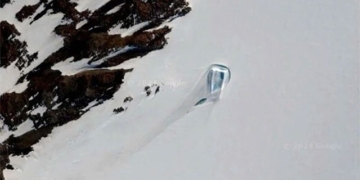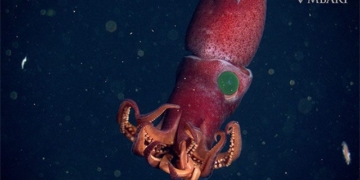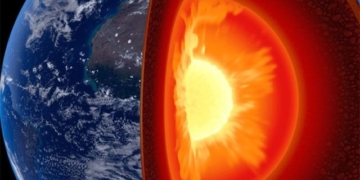“Jumping” from one planet to another, a peculiar type of object has helped Earth sustain life for billions of years.
A new study from the Cambridge Institute of Astronomy (UK) not only supports the hypothesis that we and all living beings have extraterrestrial origins but also identifies the “spaceships” responsible for this phenomenon.
They are the “bouncing comets.”
Graphic depicting how a “bouncing” comet crashes into a planet’s atmosphere, leaving seeds of life and then jumping to another planet – (Image: NASA/JPL-Caltech).
Described in the scientific journal Proceedings of the Royal Society A, these “bouncing comets” move relatively slowly, at speeds of about less than 15 km/s.
This allows them to safely penetrate the atmospheres of planets, avoiding scenarios where the “seeds of life” they carry are burned up, or worse, where the entire comet is incinerated due to frictional forces.
This slow speed also allows them to survive and move from one planet to another in a sort of leapfrog manner. This is how they distribute prebiotic molecules to various planets.
According to Live Science, in recent decades, scientists have demonstrated that some comets and asteroids contain prebiotic molecules, including amino acids, hydrogen cyanide, and vitamins.
These molecules do not originate naturally but have been sourced from the atmosphere of another planet or somewhere in the interstellar space. The probability of successful “delivery” increases when they enter star systems with multiple planets, where they can leapfrog from one planet to another.
If these prebiotic molecules encounter a suitable planet or moon, such as the primordial Earth, they will begin to create life in the same way that a seed is carried by wind or birds to sprout on new soil.
“It is exciting that we can start identifying types of systems that can be used to test different origin scenarios. This is a thrilling time to combine advancements in astronomy and chemistry to answer the most fundamental questions,” said astronomer Richard Anslow, co-author of the study.
Although this may not be the only pathway through which life from outside has penetrated Earth and other life-bearing celestial bodies, identifying the type of “vehicle” that brought it will be a significant step in narrowing the search.
For instance, a multi-planet star system like our Solar System is likely to receive similar cometary deliveries.


















































